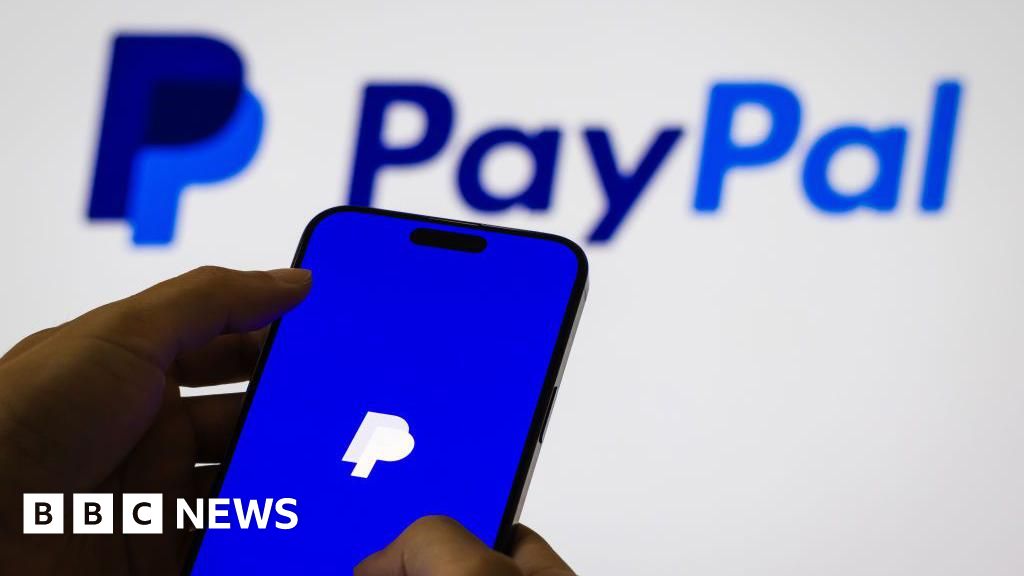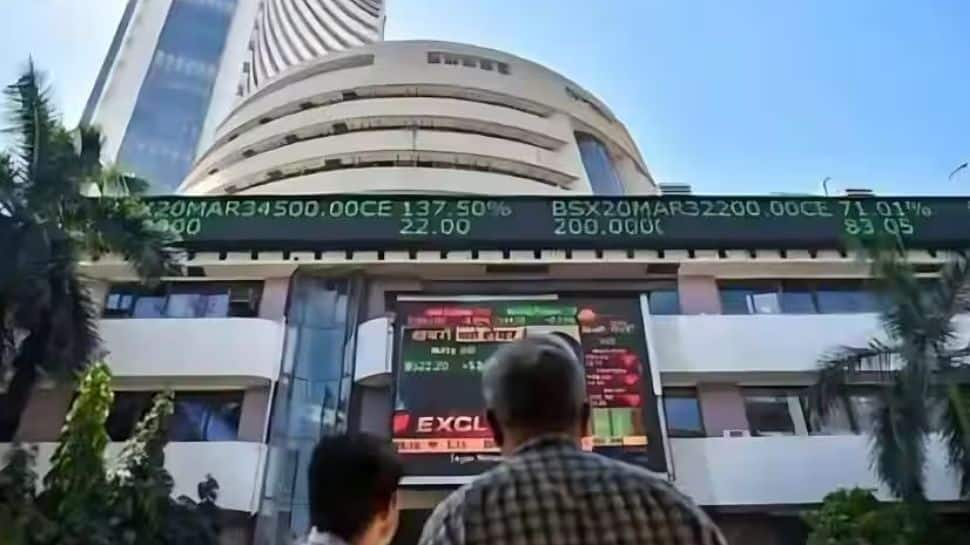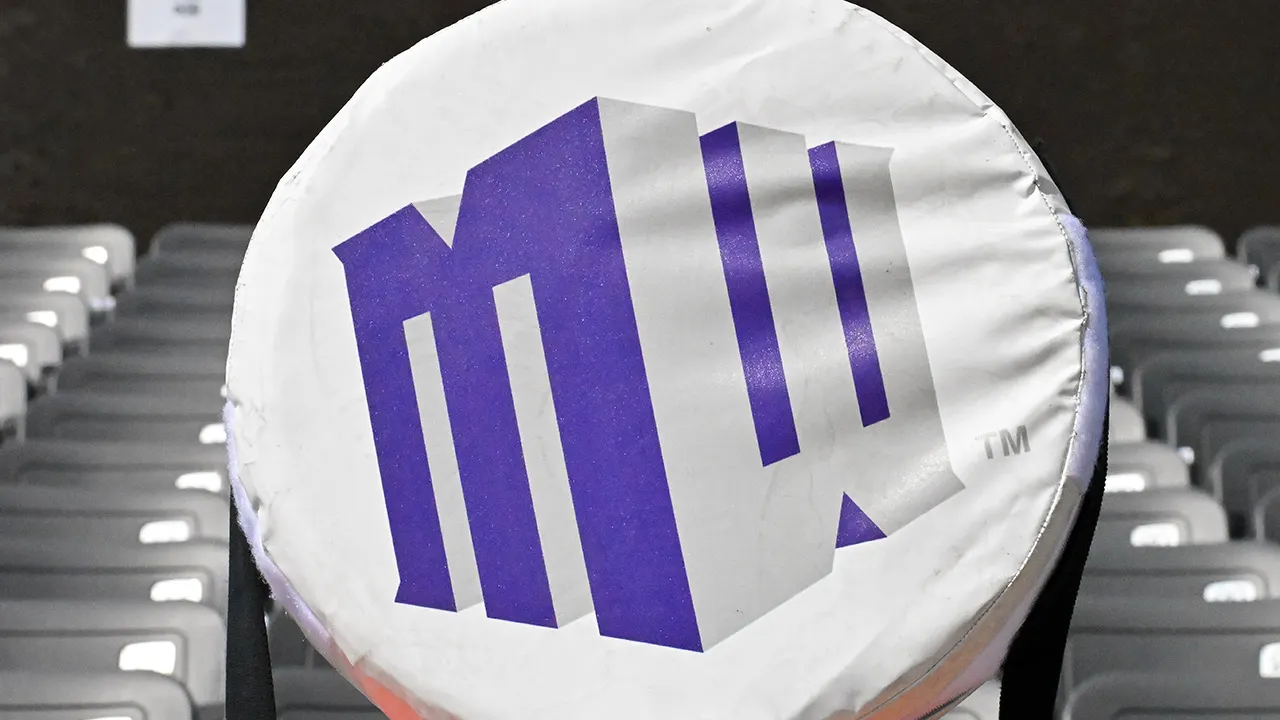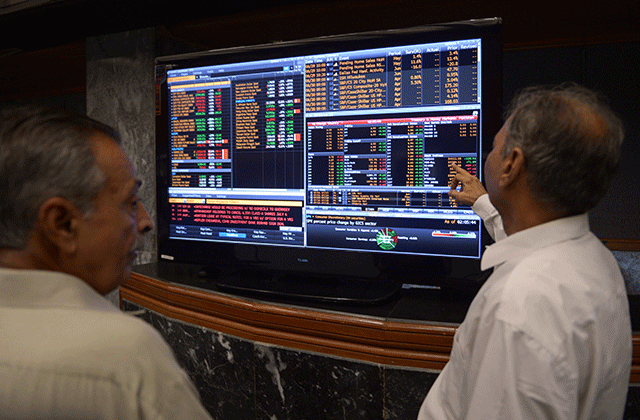Pakistan Stock Exchange (PSX), after bottoming out at a three-year low in 2023, ended the year as the best performing bourse around the globe in the backdrop of a $3 billion International Monetary Fund (IMF) loan programme, disappearance of chances of debt default and successful completion of first IMF review.
The benchmark KSE-100 index registered a 14-year high growth at 55%, mostly in the second half of the year, and closed at 62,451 points on Friday (December 29).
Earlier, the market had dived to a three-year low at 38,136 points in January amid political instability and growing economic hardships.
The growth came when foreign investors staged a comeback after a hiatus of three years with the return of stability to the rupee-dollar exchange rate. It boosted the confidence of almost all investors.
The year 2023 remained an eventful, record-making and breaking period during which the bourse skyrocketed to a historic high at 67,094 points in December. Its rally was driven by optimism over the upcoming reduction in the central bank’s key policy rate from a record high of 22% and significantly low share prices as compared to their peaks.
In the last week of December, the market also saw the largest drop of 2,534 points (or 4.11%) in a single day over panic selling by those investors who had purchased stocks with expensive borrowing.
The market’s plunge was described as a correction following over 65% surge in the KSE-100 index over the past six months to the record high of 67,094 points. In June, the index was standing at 40,000.
The index hit a 15-year high for a single day by gaining 2,446 points (nearly 6%) on July 3, which was the first working day for the bourse after Pakistan won a $3 billion IMF loan programme in late June.
Citing Bloomberg data, Topline Research reported that the PSX emerged as the best performing market in the second half of 2023 with 51% gains in rupee terms and 54% return in US dollars.
For the full year 2023, the benchmark KSE-100 index got the title of third best performing market in local currency.
Arif Habib Limited (AHL) reported that Pakistan’s bourse ranked 14th around the world in 2023 in terms of returns in US dollars.
Topline Research said “in the second half of 2023, a better-than-expected IMF standby arrangement (SBA), followed by the successful completion of first IMF review, a stable currency and the announcement of elections helped improve investor sentiment.”
Foreign corporate investors turned net buyers in 2023 after a gap of three years with net buying of $73 million – the “highest after eight years”. In the past three years (2020-22), foreign investors had sold shares worth $1.1 billion.
The sudden recovery at the PSX was supplemented by a significant improvement in trading activity as average volumes (ready/cash) went up 41% to 323 million shares per day, the highest since 2021.
Similarly, average traded value soared 45% to Rs10 billion per day in the cash market, which was also the highest since 2021. In futures, total traded volumes and value per day rose 17% and 24% to 110 million shares and Rs4.5 billion, respectively. AHL Research said investor confidence rebounded in the second half of 2023 following the IMF SBA in June, leading to a surge in investment flows to the market.
On the back of IMF’s support, the State Bank of Pakistan (SBP) got significant foreign currency financing and loan rollovers from friendly countries, which boosted its foreign exchange reserves to $8.2 billion by the end of July, bolstering investor interest.
Moreover, the establishment of the Special Investment Facilitation Council (SIFC) to attract foreign direct investment played a significant role in maintaining the strong momentum.
Also, administrative measures taken by the authorities aimed at curbing the illegal foreign currency flows and preventing further depreciation of the rupee lifted investor confidence.
Read Institutional buying propels PSX above 62k
The research house recalled that the first half of calendar year 2023 saw Pakistan’s stock market face major challenges as economic difficulties and political uncertainty led to subdued activity.
Delay in resumption of the IMF programme was a significant factor that affected economic and market dynamics, it said in a comprehensive report.
Foreign investors
Following successful negotiations for the $3 billion SBA, the stock market enjoyed heightened foreign activity and inflows, in contrast to subdued conditions during the first half.
Government’s initiatives to tackle US dollar hoarding and smuggling and the subsequent rupee stability further bolstered the confidence of foreign investors. Furthermore, macroeconomic stability, coupled with the anticipation of reversal in interest rate hikes and historically low stock valuations, played a crucial role in attracting foreign investment.
Foreign inflows to the PSX amounted to $73.3 million, the highest in eight years (CY14: $383 million).
Major foreign buying was witnessed in commercial banks ($36 million), oil and gas exploration companies ($17 million) owing to revision in gas tariffs and expectation of resolution of the circular debt issue, and power companies ($17 million).
On the domestic front, offloading was done by mutual funds ($132 million), banks/ DFIs ($68 million) and brokers ($28 million). On the other hand, major buyers were companies ($129 million) and individuals ($28 million).
Sector, stock-wise performance
Sectors that attracted the most volumes-based activity during the year under review were led by technology and communication, followed by power, banks, refineries and cement. Stock-wise, volumes were led by WorldCall Telecom, K-Electric, Cnergyico PK, Pakistan Refinery and Oil and Gas Development Company (OGDC).
In rupee terms, the most activity was witnessed in exploration and production companies, technology, banks, cement and refinery sectors. Stock-wise, trading values were dominated by OGDC, Pakistan Petroleum, TRG Pakistan, Attock Refinery, PSO and Hubco.
Sectors that contributed positively to the index included banks (7,162 points), fertiliser (2,661 points), exploration and production companies (2,553 points), power (2,470 points) and cement (2,148 points).
Laggards included technology (-452 points), miscellaneous (-170 points), textile spinning (-10 points) and vanaspati (-9 points) sectors.
Stock-wise, top contribution to the upside came from Hubco, UBL, HBL and MCB Bank. Negative contributors were TRG Pakistan, Pakistan Services and Systems Limited.
PSX outperforms
The PSX’s benchmark KSE-100 index outperformed other asset classes in 2023, including one-year dollar-based Naya Pakistan Certificates (+33%), US dollar (+24%), T-bills (+23%) and gold (+21%). Property indices posted returns in the range of 6-29%, according to Topline Research.
PSX saw just one initial public offering (listing), which raised a meagre Rs435 million. It was the lowest amount raised in a year in the past one decade and a half compared to the previous record low of Rs800 million witnessed in 2013.
“Macroeconomic instability, coupled with the looming threat of default, cheap valuations and political uncertainty discouraged equity investment in 2023.”
AHL added that foreign buying in the region stood at a massive $30 billion during 2023. Major buying was witnessed in India (almost $21 billion), South Korea ($10 billion) and Taiwan ($7.3 billion).
Outflows were observed in Thailand ($5.5 billion), Vietnam ($1 billion) and the Philippines ($857 million).
Published in The Express Tribune, December 31st, 2023.
Like Business on Facebook, follow @TribuneBiz on Twitter to stay informed and join in the conversation.
Source link















































